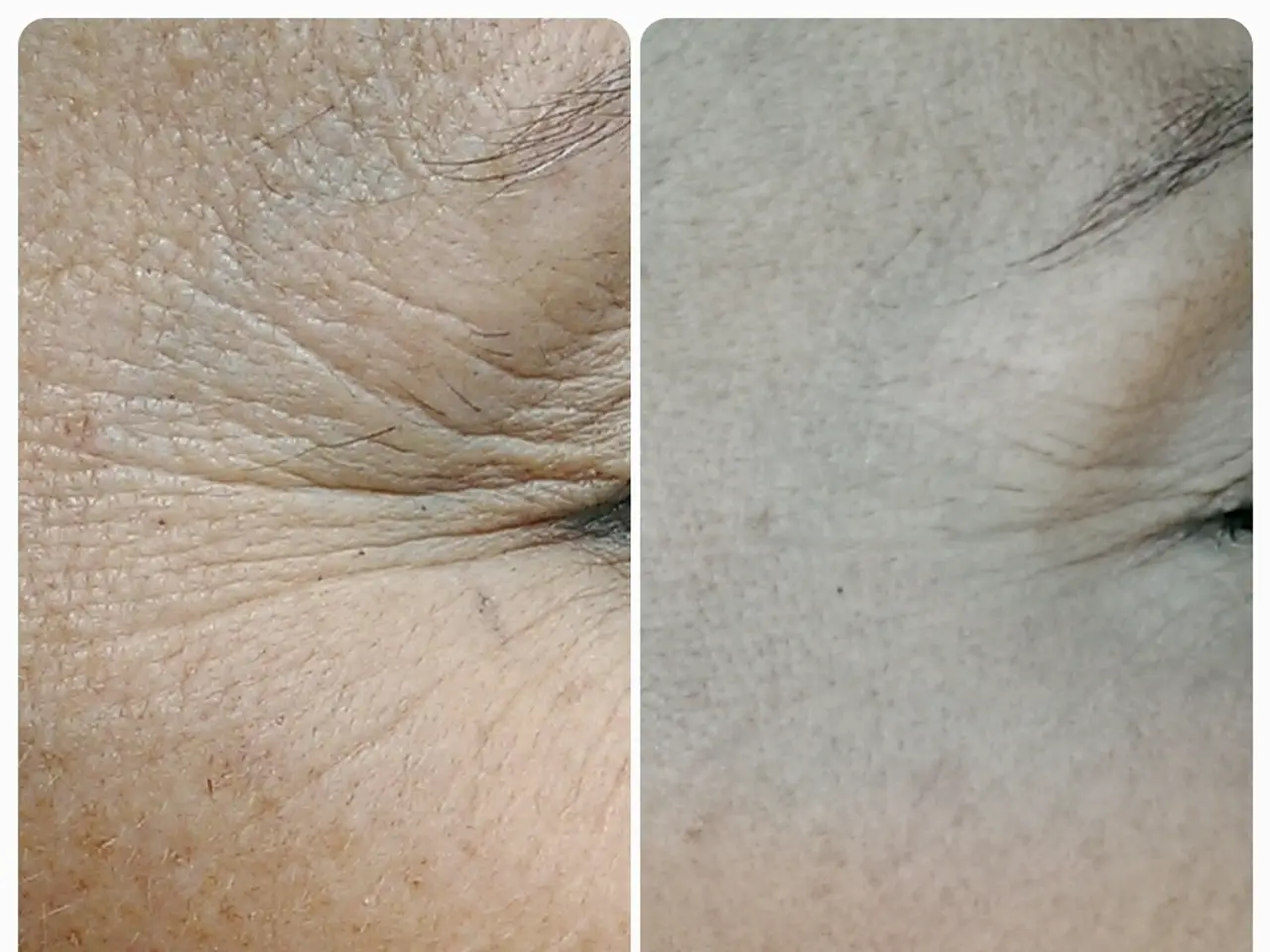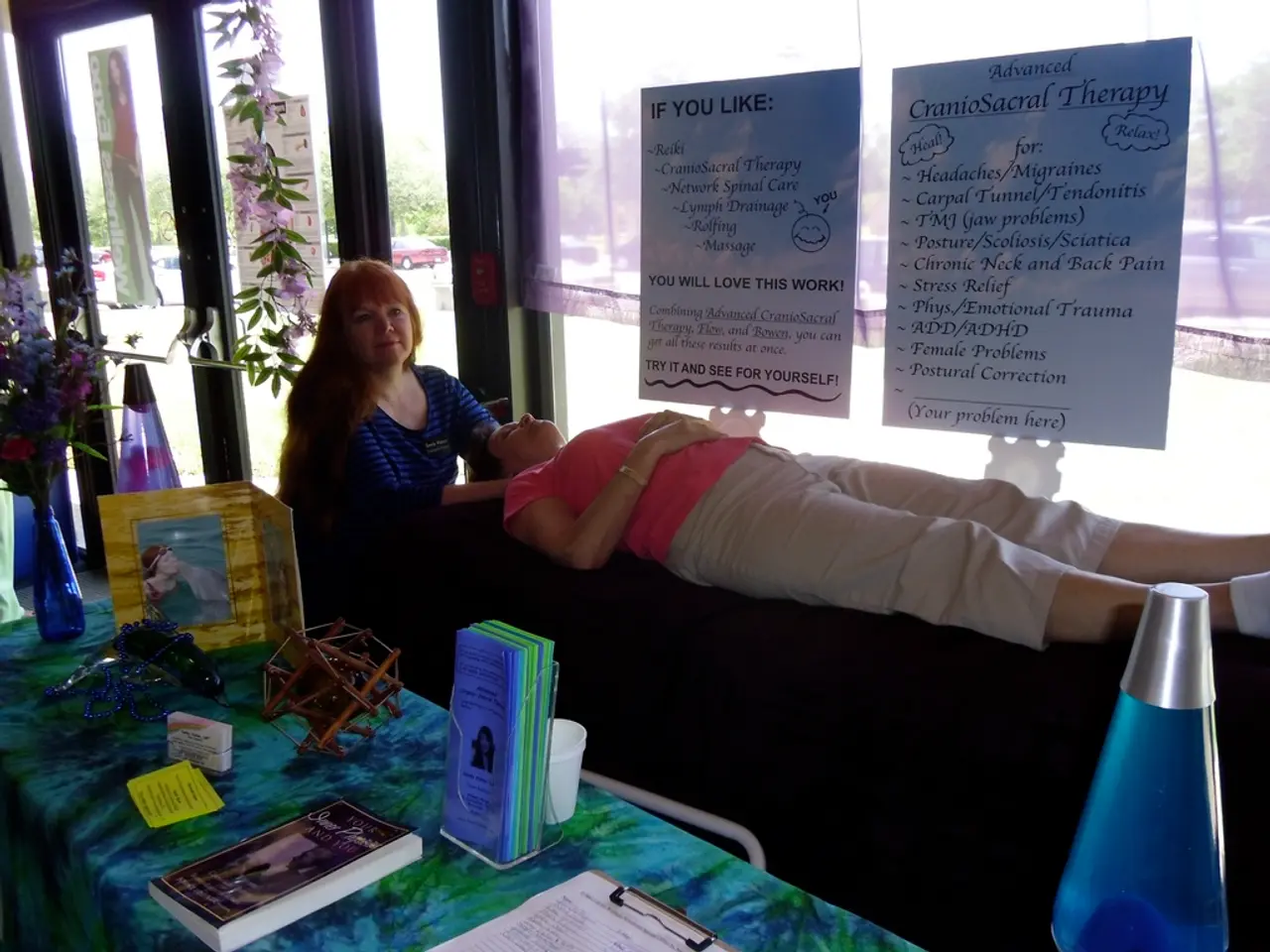Identifying Mental Patterns in Adolescents - Understanding Cognitive Biases for Teenagers
Cognitive distortions in teenagers can have significant impacts on their mental and emotional well-being, affecting various aspects of their lives. These distorted mental processes, which can cause inaccurate or skewed perceptions of reality, can lead to a host of challenges, including excessive worry, anxiety, and strain in relationships.
Identifying Cognitive Distortions
Recognizing cognitive distortions is the first step towards addressing them. Common cognitive distortions in teenagers include catastrophizing, overgeneralization, and all-or-nothing thinking. Teaching teens about these distortions can help them identify them in their own thoughts and emotions.
Journaling or maintaining thought logs can also be effective in increasing awareness of recurring distorted patterns. Specific activities like the "Thought Distortion Detective" can help teens label and challenge distorted thoughts in real-life scenarios, promoting cognitive flexibility.
Addressing and Overcoming Distortions
Once cognitive distortions have been identified, the next step is to address and overcome them. Cognitive restructuring methods, such as Socratic questioning, can be used to help teens examine evidence for or against their thoughts, consider alternative viewpoints, and understand real consequences.
Mindfulness practices can also be beneficial, helping teens observe their thoughts nonjudgmentally and catch distortions early, preventing automatic negative reactions. Behavioral techniques, such as behavioral activation and problem-solving training, can further support these efforts.
In a therapeutic setting, regular review of thought logs can identify patterns and teach coping strategies tailored to the teen’s experiences. Emotion mapping can help teens connect bodily sensations with emotions, aiding in the identification of when distorted thoughts arise.
Supportive Practices
Engaging teens in supportive practices can also be beneficial. Group therapy or support groups can provide a platform for sharing perspectives and reducing isolation around distorted thinking. Combined approaches, including medication when necessary, can support mood stabilization, making cognitive work more approachable.
It's important to remember that if cognitive distortions are severe or persistent, professional mental health support should be sought. Unrealistic expectations, an overly critical self-concept, and social comparison can all contribute to cognitive distortions and should be addressed.
In conclusion, a structured approach that involves recognizing distortions, evaluating and reframing thoughts, and applying behavioral changes can be effective in reducing anxiety, depression, and other difficulties common in teenagers, empowering them with cognitive flexibility and emotional resilience.
Journaling tools like thought logs and the Thought Distortion Detective offer practical steps for working with teenagers in clinical or supportive settings. By understanding and addressing cognitive distortions, we can support teenagers in navigating their emotional landscapes and fostering their personal growth.
References: [1] Linehan, M. M. (2015). DBT Skills Training Manual for Adolescents. Guilford Press. [2] Beck, J. S., & Freeman, A. (2014). Cognitive Behavior Therapy: Basics and Beyond. Guilford Press. [3] Segal, J., Williams, J. M. G., & Teasdale, J. D. (2018). Mindfulness-Based Cognitive Therapy for Prevention in Adolescents: A Manual. Guilford Press. [4] Burns, D. D. (2011). Feeling Good: The New Mood Therapy. New York: Avon Books.
- By recognizing cognitive distortions like catastrophizing, overgeneralization, and all-or-nothing thinking, we can help teenagers address and overcome them, contributing to their mental health and emotional well-being.
- Journaling or maintaining thought logs can increase teens' awareness of recurring distorted patterns, making it easier for them to identify and challenge those thoughts with the "Thought Distortion Detective."
- Cognitive restructuring methods, such as Socratic questioning, can help teens examine evidence for or against their thoughts, understand real consequences, and foster cognitive flexibility.
- Mindfulness practices can enable teens to nonjudgmentally observe their thoughts, catch distortions early, and prevent automatic negative reactions, promoting self-esteem and personal growth.
- Behavioral techniques, like behavioral activation and problem-solving training, can support these efforts by encouraging positive actions and solutions to problems.
- Engaging teens in supportive practices, such as group therapy or support groups, can provide a platform for reducing isolation and sharing perspectives while fostering emotional resilience and well-being.
- If severe or persistent cognitive distortions occur, professional mental health support should be sought, as unrealistic expectations, an overly critical self-concept, and social comparison can all contribute to these distortions.




